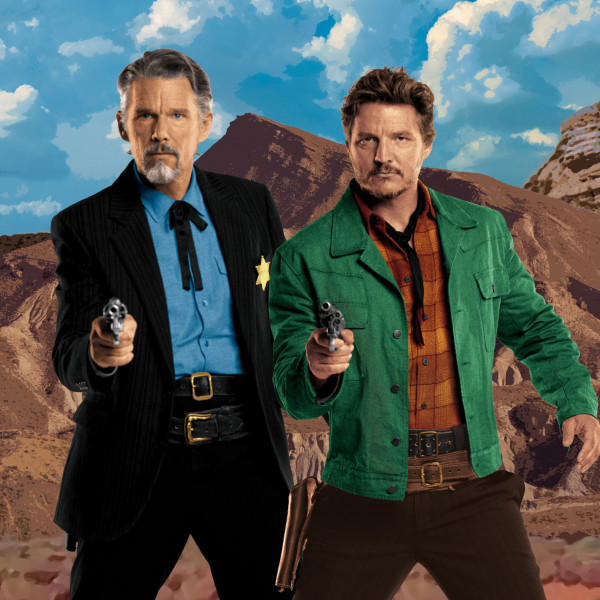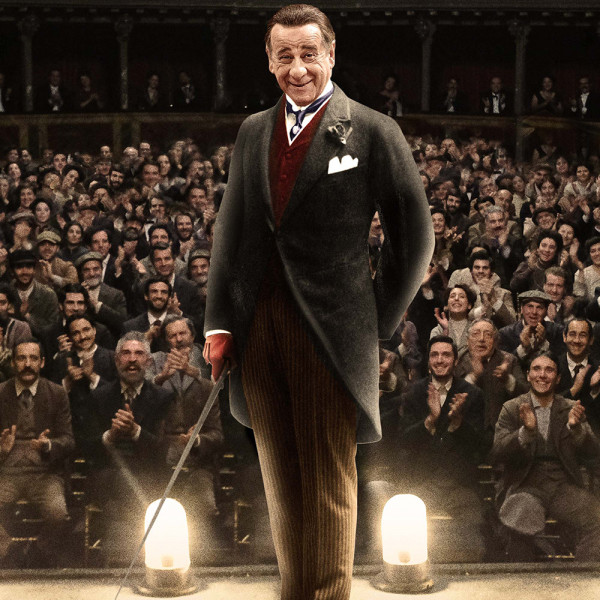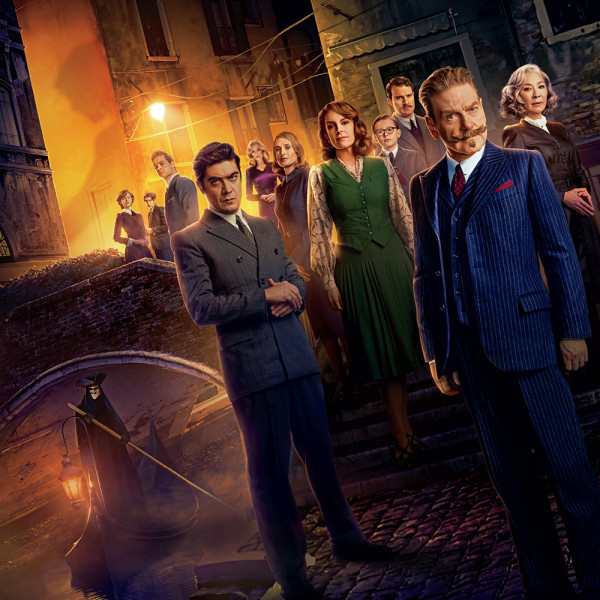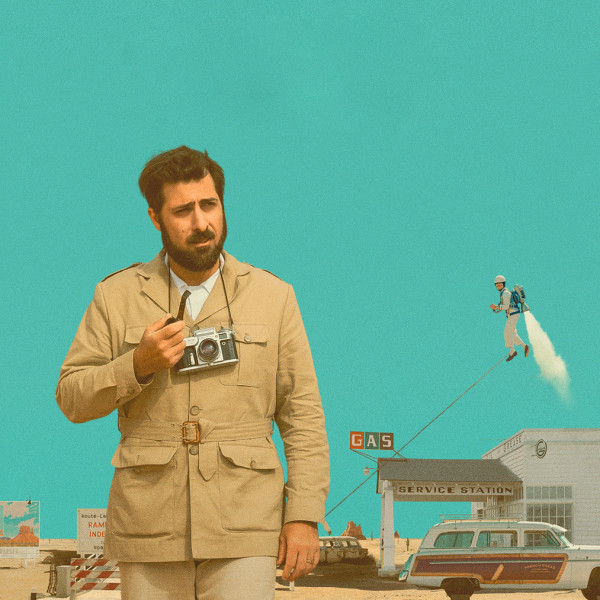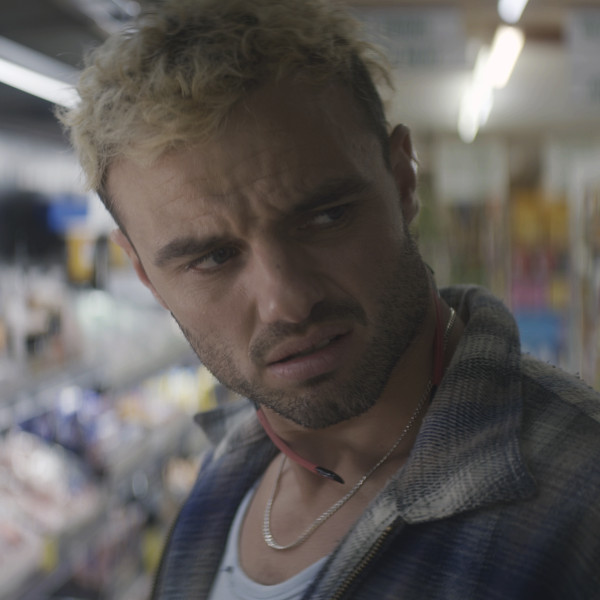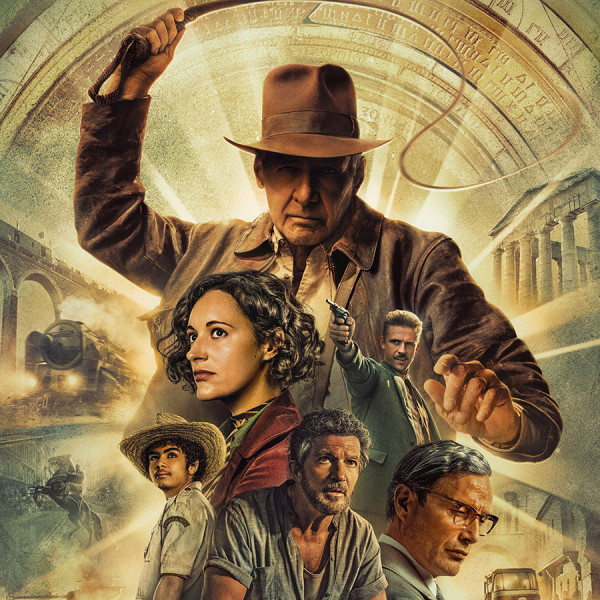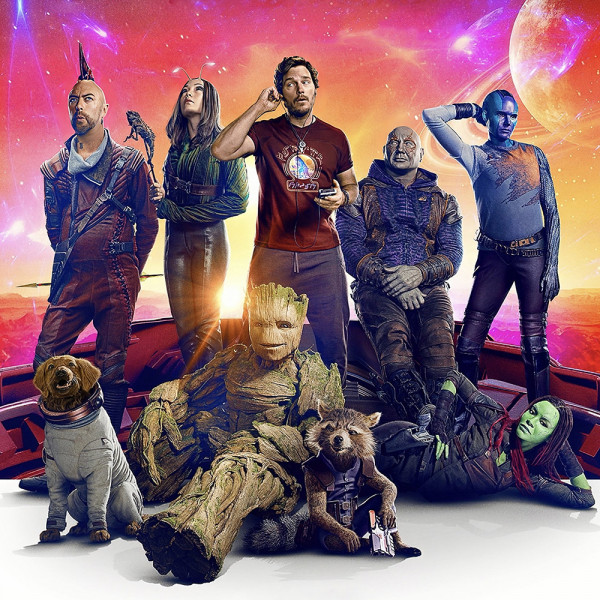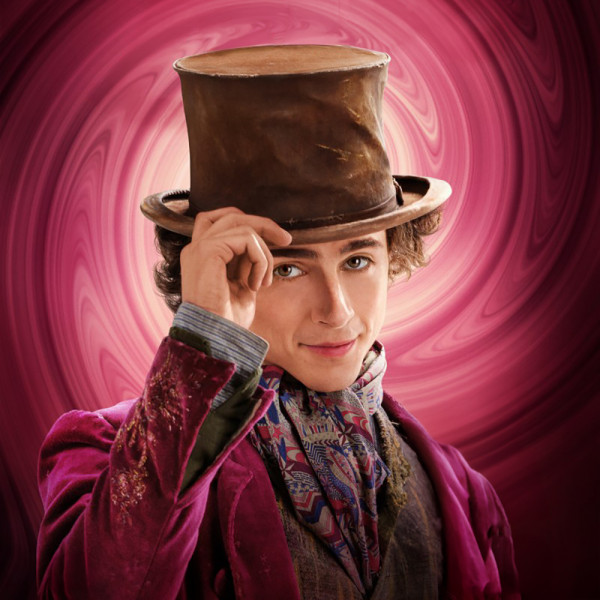
Chocolate cherries and gourmet ganache, Rocher rivers and fudge flowers, the newest iteration of Roald Dahl’s capricious chocolatier in the 2023 movie Wonka is so sweet it’s saccharine. In fact, the whole story is Pure Imagination.
From the fanciful mind of Paul King – creator of Paddington – Wonka is supposedly the musical origin story of the eccentric, egocentric, megalomaniac Willy Wonka that we all know and kind of love… but it’s actually something altogether different.
Played by Timothée Chalamet, Willy is a starry-eyed youth with a “hatful of dreams” and suitcase full of chocolate hoping to change the world. Naïve and overly optimistic, the young man lands himself in a predicament involving two Dickensian con artists and an all-powerful chocolate cartel. With his ragtag band of newfound friends, including the wise orphan Noodle (Calah Lane), Willy may risk everything, but he never loses hope or the belief that the world is good.
Comparing Chalamet’s Wonka to Johnny Depp’s wouldn’t be fair, much less to the unparalleled maniacal genius of Gene Wilder. At the best of times I’m not a fan of Chalamet as I find him flat and, frankly, dull. In the shoes of the beloved Wonka he didn’t stand a chance. But truly, in this case, I don’t believe it is his fault.
Chalamet sings beautifully and dances all the better. Nathan Crowley’s production design is a decadent feast for the eyes. The jokes, though predictable, are charming, especially from Hugh Grant’s posh Oompa-Loompa. Even the fanciful moments of magic are beautifully crafted. As a standalone story, Wonka is sweet in a Disney-esque sense.
However, Wonka comes from a long-loved legacy. This prequel does not match up with the inevitable future. Chalamet’s optimistic humanitarian gives no indication of transforming into the capitalist, nihilistic sociopath he is doomed to become. In fact, he fights those characters tooth and nail. The dark and lonely future of Willy Wonka casts no shadow on this idealistic youth. Perhaps in the future, hardened by many years, the world won’t stack up to his own imagination. Perhaps he learns that only within his mind will he be free. I just wish, even fleetingly, this darkness had tangoed across the screen.


